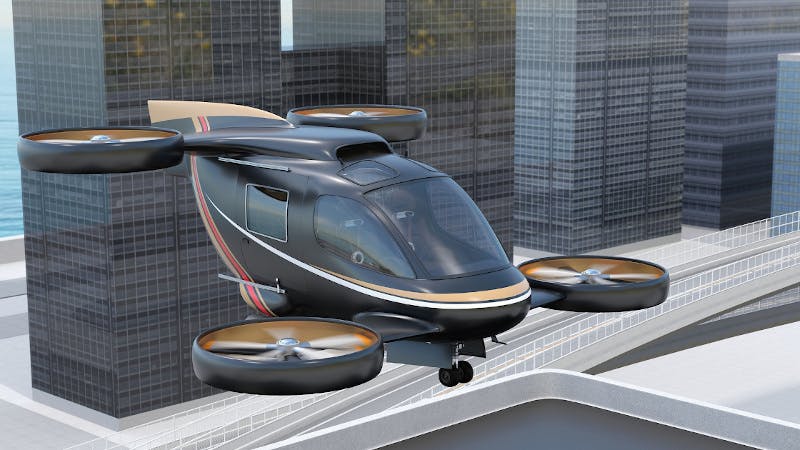Increasing complexity in modern aircraft systems and structures makes it challenging for engineers to develop aircraft within time and budget constraints.
This is particularly true in the context of new vertical take-off and landing (VTOL) aircraft development, where many disruptive aircraft configurations are being studied. Slender wings with concentrated mass at the tip, distributed propellers, moving components such as tilt rotors are some examples of elements which might induce aeroelastic stability issues. Exterior noise annoyance is also a challenge that must be addressed to enable flight in urban environment. Improved cabin comfort and component vibration qualification are other important requirements to be verified.
In this webinar, you will learn how ground and flight testing techniques support VTOL aircraft verification and certification processes.
To accelerate VTOL aircraft verification through an integrated digital twin approach, find out how to:
- Perform ground vibration testing (GVT) to understand the structural dynamics of the aircraft
- Virtually and physically test whether aeroelastic stability is reached within the flight envelope
- Assess the exterior and interior noise of the aircraft
- Efficiently execute vibration qualification testing of components
Meet the speakers

Raphael Hallez
Business Development Manager, Simcenter Testing solutions for Aerospace
Raphael is an aerospace testing expert. With nearly 20 years at Siemens, he has been involved in many testing and simulation projects with aviation, space and defense companies.

Jens de Boer
Business Development Manager, Simcenter CAE solutions for Aerospace



